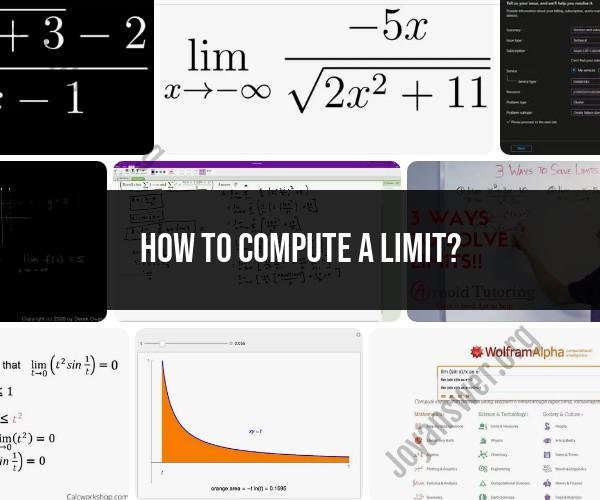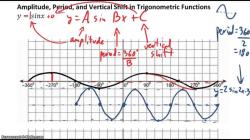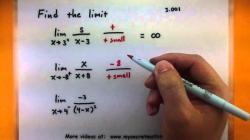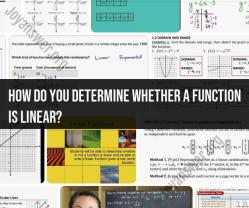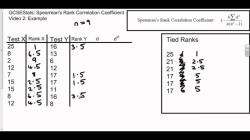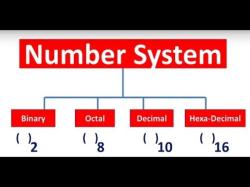How to compute a limit?
Computing limits is a fundamental concept in calculus that involves determining the behavior of a function as it approaches a particular value or as it approaches infinity. Here's a beginner's guide to computing limits:
Understanding the Limit Notation: A limit is denoted using the symbol "lim" followed by the variable approaching a specific value. For example:
- The limit of a function f(x) as x approaches a constant value c is written as lim(x → c) f(x).
- The limit of a function f(x) as x approaches positive or negative infinity is written as lim(x → ±∞) f(x).
Direct Substitution: One of the simplest methods for computing a limit is direct substitution. If substituting the value into the function yields a defined value, then that value is the limit. For example:
- If you want to find lim(x → 2) (x^2 - 1), you can directly substitute x = 2 into the function: (2^2 - 1) = 3.
Factor and Simplify: If direct substitution results in an indeterminate form (such as 0/0), you may need to factor and simplify the expression to evaluate the limit. For example:
- If you want to find lim(x → 1) (x^2 - 1) / (x - 1), you can factor the numerator and cancel out common terms: (x + 1)(x - 1) / (x - 1). Then, you can simplify further to get x + 1. Now, you can directly substitute x = 1 to find the limit, which is 1 + 1 = 2.
Using Algebraic Manipulation: Sometimes, algebraic manipulation techniques such as rationalization, factoring, or simplifying complex fractions can help compute limits. For example:
- If you want to find lim(x → 0) (sqrt(1 + x) - 1) / x, you can rationalize the numerator by multiplying both the numerator and the denominator by the conjugate: (sqrt(1 + x) - 1) * (sqrt(1 + x) + 1) / (x * (sqrt(1 + x) + 1)). Then, simplify the expression and try direct substitution to find the limit.
Special Limits: Some common limits have well-known values that you can use without needing to perform calculations. For example:
- lim(x → 0) sin(x) / x = 1
- lim(x → ±∞) 1/x = 0
- lim(x → ±∞) e^x = ±∞
Graphical Analysis: You can also use graphical analysis by plotting the function and observing its behavior as it approaches the desired value or infinity. This can provide insights into the limit's value.
L'Hôpital's Rule: For certain indeterminate forms (such as 0/0 or ±∞/±∞), L'Hôpital's Rule allows you to compute the limit by taking the derivative of the numerator and denominator and then evaluating the limit again. This rule is particularly useful for functions involving ratios or quotients.
Remember to carefully consider the properties of the function and apply appropriate techniques to compute limits effectively. If you encounter difficulties, consulting with a calculus textbook, instructor, or online resources for additional guidance can be helpful.
Computing Limits in Calculus: A Guide
1. Computing Limits:
Computing a limit in calculus involves determining what value a function approaches as its input gets closer and closer to a specific point. Here's the basic process:
- Identify the limit expression: This involves the function and the approaching value (e.g., lim_(x->2) f(x)).
- Try direct substitution: If plugging the approaching value into the function results in a defined value, that's the limit. However, be cautious of expressions that become indeterminate (0/0, ∞/∞, etc.).
- Apply algebraic techniques: Depending on the expression, you might need to use various methods like:
- Factoring: Simplify the expression to cancel common factors and reveal the limit.
- Conjugate multiplication: Rationalize expressions with square root terms in the denominator.
- L'Hôpital's rule: If direct substitution leads to indeterminate forms, apply this rule repeatedly until you reach a definitive limit.
- Special limits: Memorize and use established limits like lim_(x->0) sin(x)/x = 1.
- Consider one-sided limits: In some cases, the function might approach different values from the left and right sides of the approaching point. These are called one-sided limits and need separate evaluation.
2. Algebraic Techniques:
Yes, specific rules and techniques help evaluate limits algebraically. Some common ones include:
- Basic arithmetic operations: Limits can be added, subtracted, multiplied, and divided (with some restrictions) following the usual rules.
- Limits of composite functions: If f(g(x)) is your function, the limit is lim_(x->a) f(g(x)) = lim_(u->g(a)) f(u), where u = g(x).
- Limits of trigonometric and exponential functions: Many calculus courses introduce specific rules for these functions (e.g., lim_(x->0) sin(x)/x = 1).
3. Significance of Limits:
Limits are fundamental to understanding various mathematical concepts and applications in calculus and beyond:
- Derivatives: The derivative of a function is defined as the limit of its slope as the change in input approaches zero.
- Integrals: The integral of a function represents the limit of its Riemann sums as the number of terms tends to infinity.
- Continuity: A function is continuous at a point if its limit at that point equals its function value at that point.
- Asymptotes: Horizontal and vertical asymptotes of a function are determined using limits.
- Real-world applications: Limits are used in various fields like physics, engineering, economics, and even computer science to model real-world phenomena like motion, growth, and optimization.
Remember, mastering limit computations requires practice and understanding the underlying concepts. If you're struggling, don't hesitate to consult your textbook, online resources, or a tutor for further guidance.
